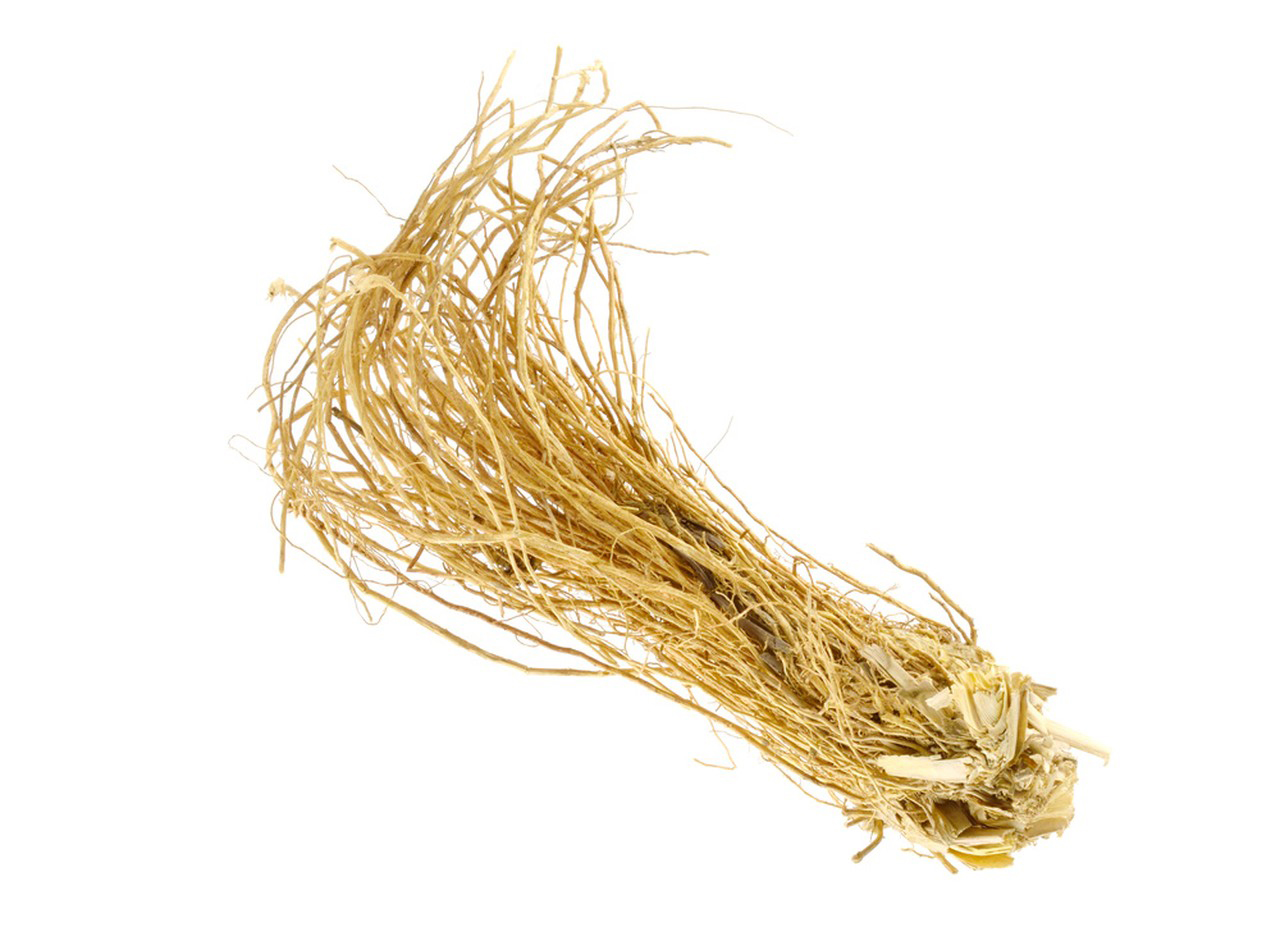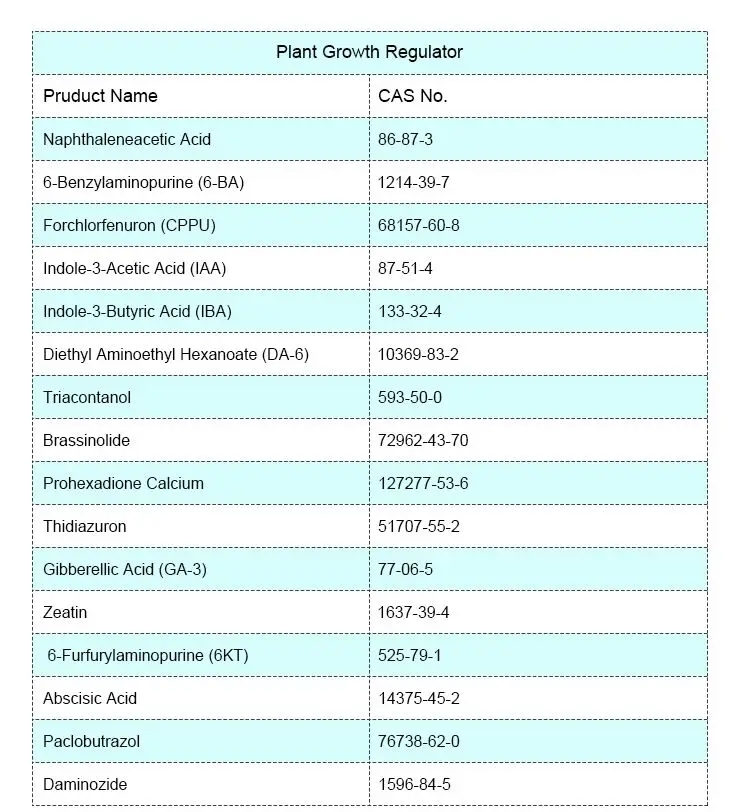The basic ingredient of Gibberellic Acid is gibberellin. Gibberellic Acid (GA) is a plant hormone that plays a key role in promoting growth and development in plants. It is one of the several gibberellins, which are a group of naturally occurring plant hormones.
Gibberellic Acid is often used in agriculture to stimulate the growth of plants, promote flowering, and increase fruit size. It has various applications in horticulture and crop production.

Efficacy and effects of Gibberellic Acid
It’s important to note that while Gibberellic Acid has many positive effects on plant growth and development, its application should be carefully controlled to avoid undesirable effects or overstimulation. The specific response of a plant to Gibberellic Acid can vary depending on the plant species, concentration of Gibberellic Acid applied, and environmental conditions.
Gibberellic Acid (GA) is a plant growth regulator that plays a key role in promoting plant growth and development. Here are some aspects of the efficacy and effects of Gibberellic Acid:
Stimulates Stem Elongation: Gibberellic Acid promotes stem elongation in plants. This is particularly important for crops that need taller stems or increased internodal lengths.
Seed Germination: Gibberellic Acid is often used to break seed dormancy and promote germination. It can enhance the speed and uniformity of seed germination, especially in species that require specific conditions for sprouting.
Fruit Development: Gibberellic Acid influences fruit development by promoting cell elongation and division. It can lead to larger fruit size in some plants.
Bolting Prevention: In certain plants, Gibberellic Acid can help prevent premature flowering or bolting, allowing for extended vegetative growth.
Induction of Flowering: While Gibberellic Acid can delay flowering in some plants, it induces flowering in others. The effects depend on the plant species and the stage of development.
Breaking Dormancy in Tubers and Bulbs: Gibberellic Acid is used to break dormancy in tubers and bulbs, allowing for more synchronized and controlled growth.
Fertility Improvement: Gibberellic Acid can enhance fertility in certain plants by influencing the development of reproductive structures.

Frost Protection: In some cases, Gibberellic Acid is used to provide protection against frost damage by promoting the growth of new tissue.
Fungal Pathogen Resistance: Research suggests that Gibberellic Acid might play a role in enhancing plant resistance to certain fungal pathogens.
Commercial Agriculture: Gibberellic Acid is widely used in commercial agriculture to improve crop yield and quality. It is often applied as a foliar spray or through seed treatment.
It’s important to note that the effects of Gibberellic Acid can vary among plant species, and the application should be carefully controlled to achieve the desired results. Additionally, the use of plant growth regulators, including Gibberellic Acid, is subject to regulations, and it’s crucial to follow guidelines and recommendations to ensure proper and safe application.
